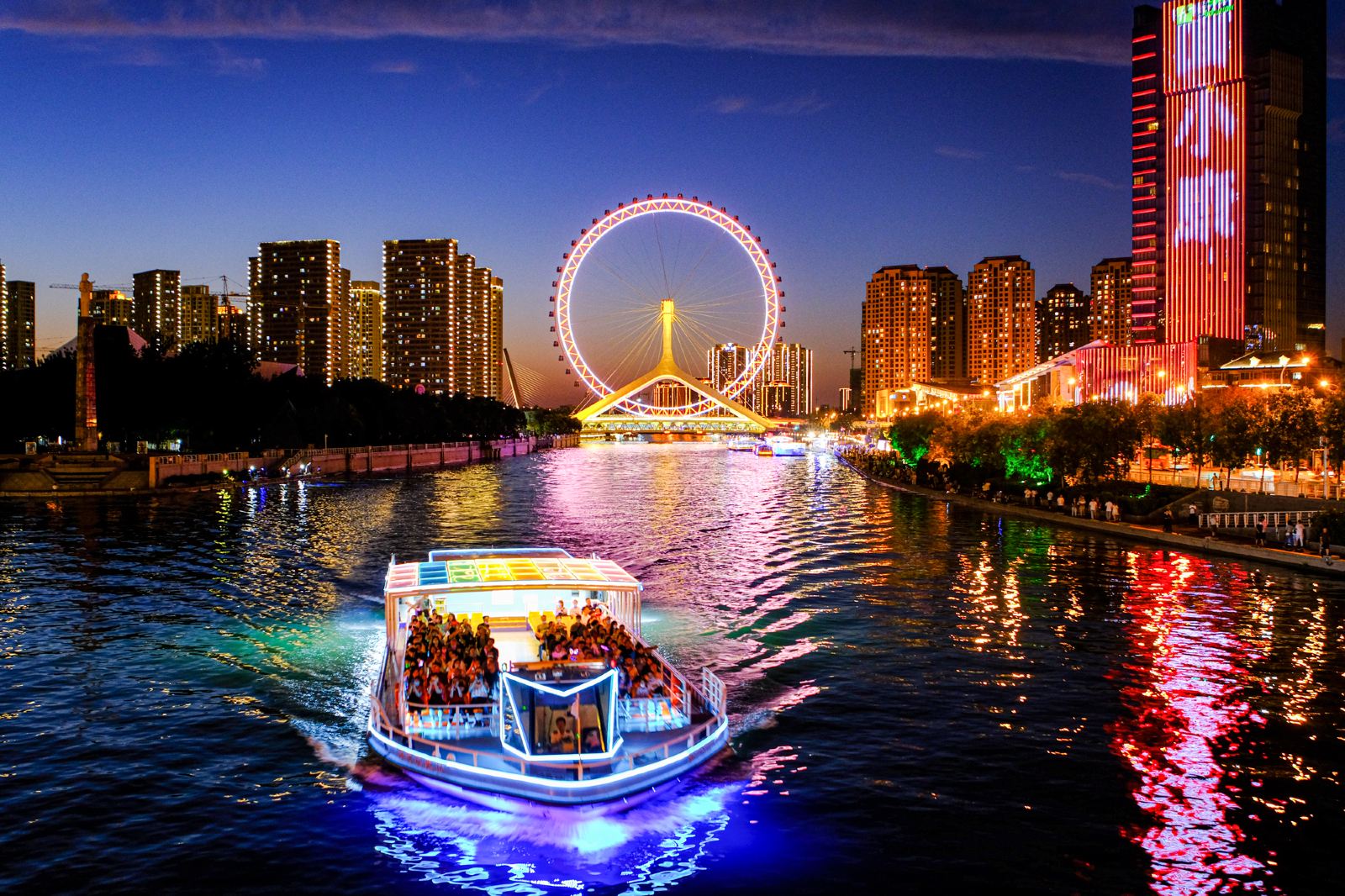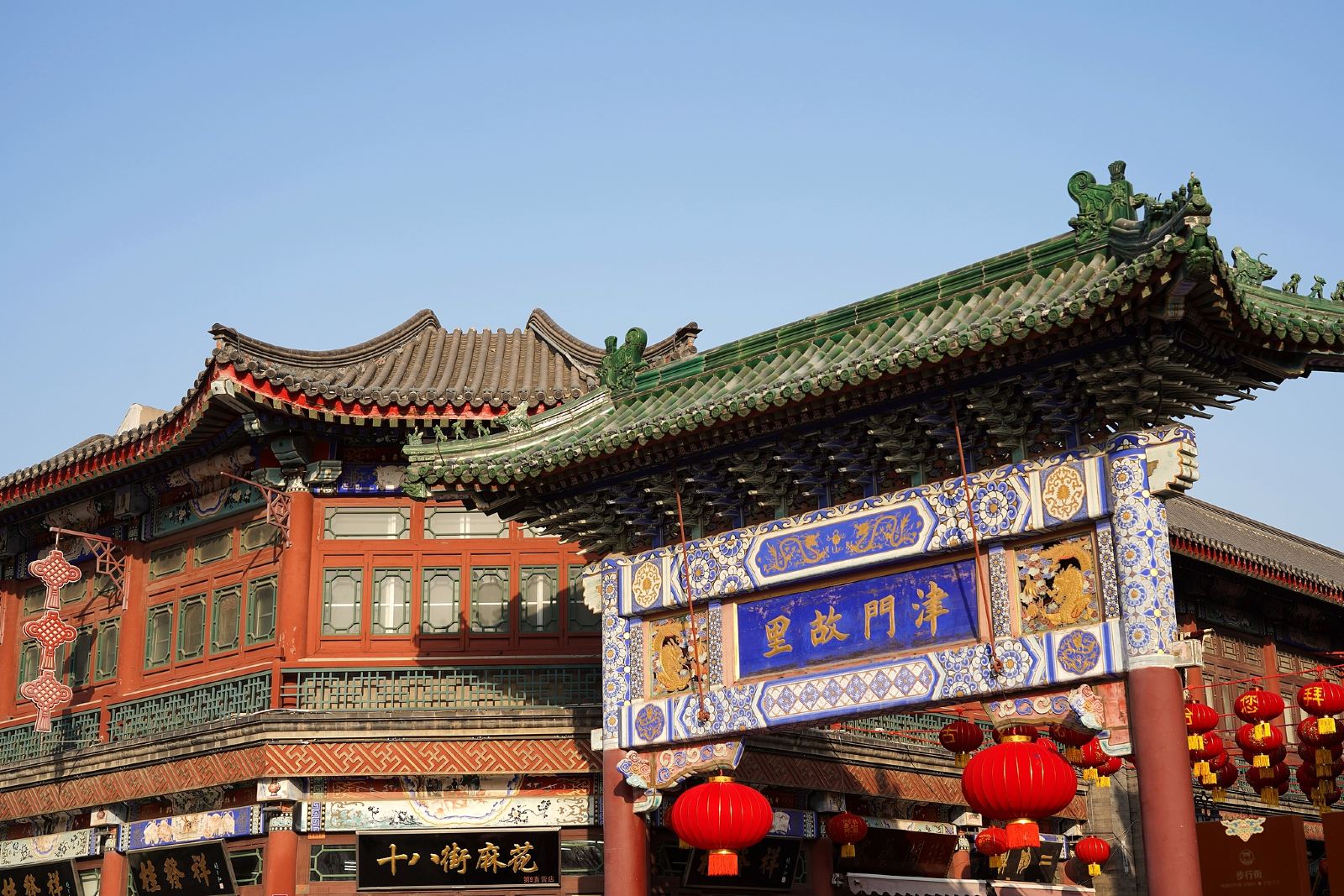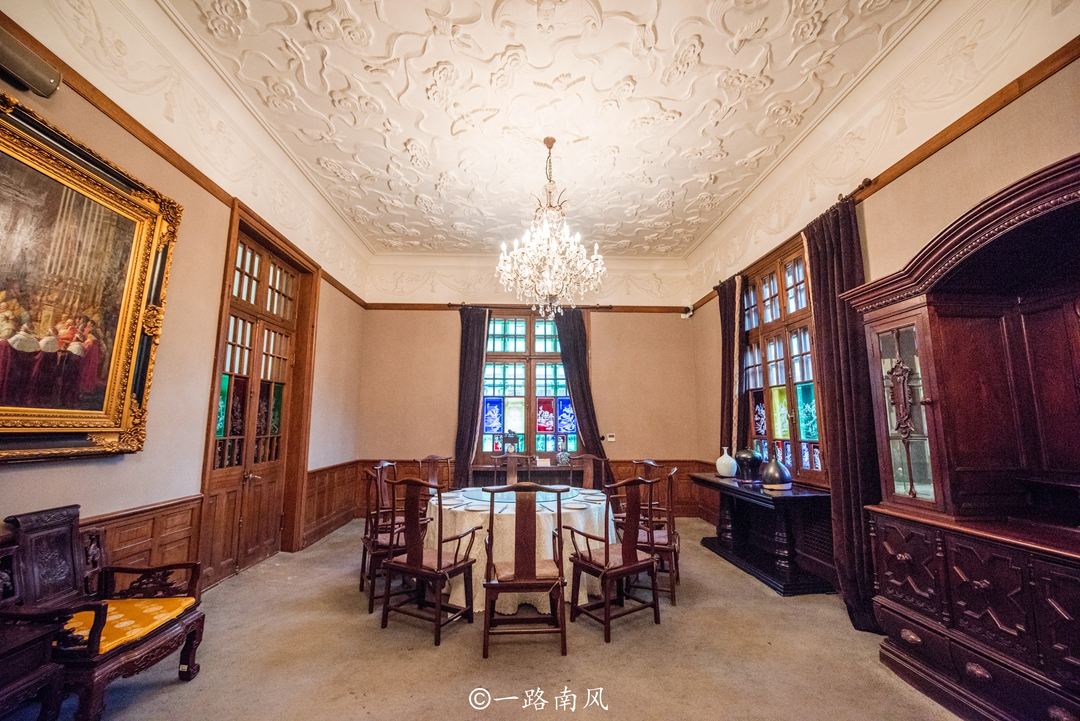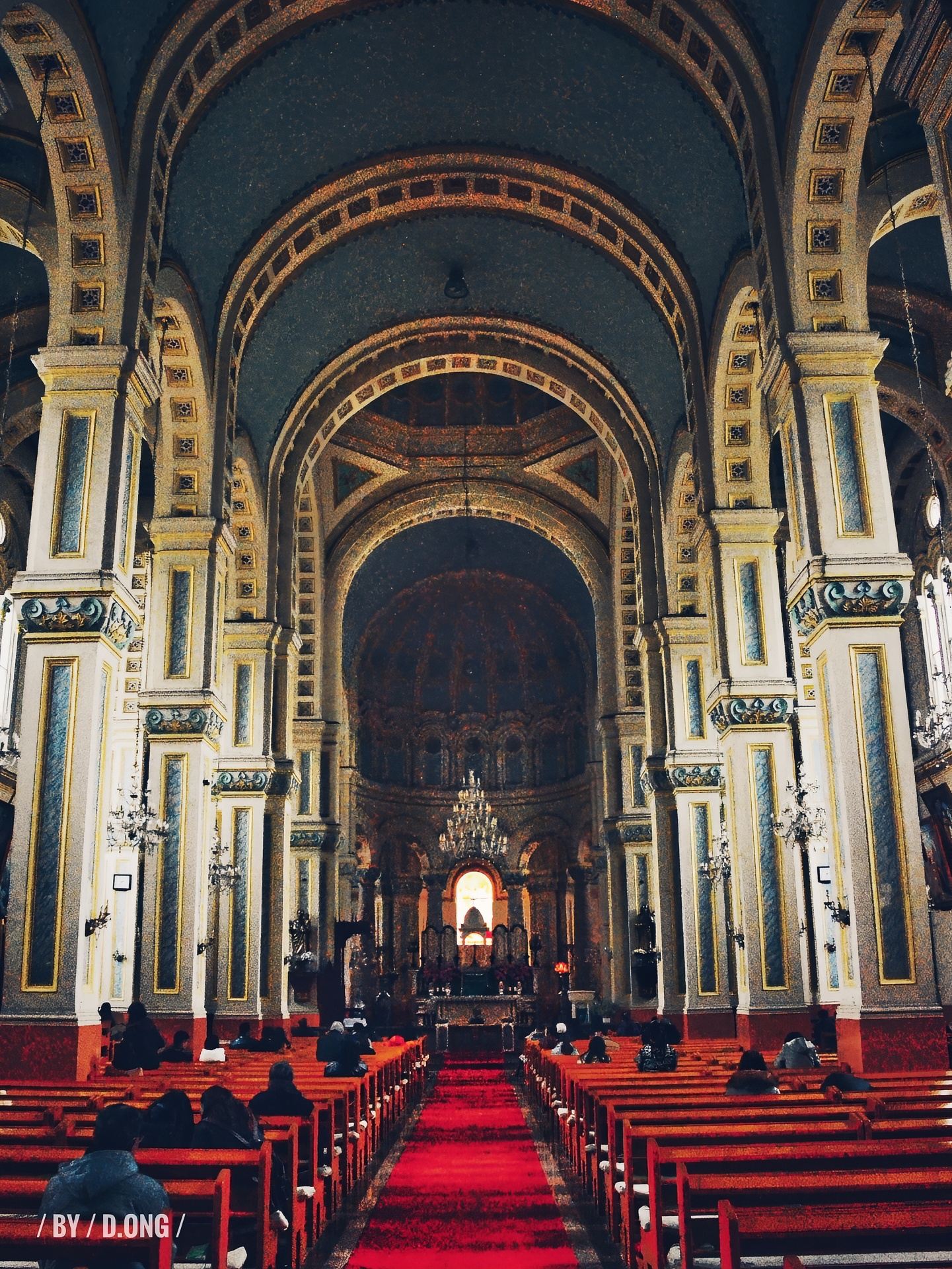Tianjin Dule Temple
- Province/Area:TianJjin
- Address:No.41, Wuding Street, Jizhou District, Tianjin
- Distance from the city center:100km
- Open time(Beijing time)08:00-17:00 open¨×16:30 last admission¨Ø
- Ticket price: 30 CNY
- Tel:86-022-29142907,022-29142904
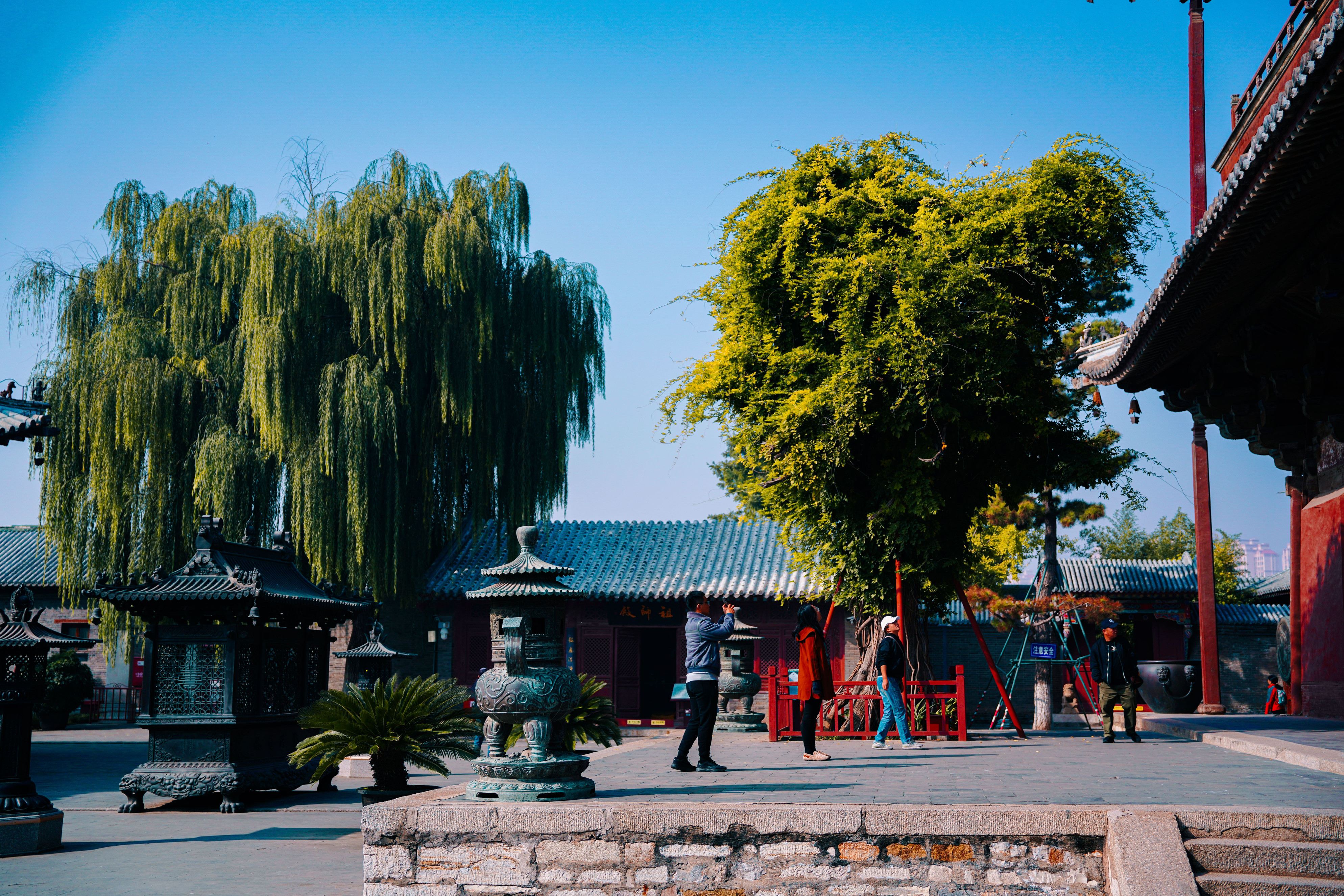
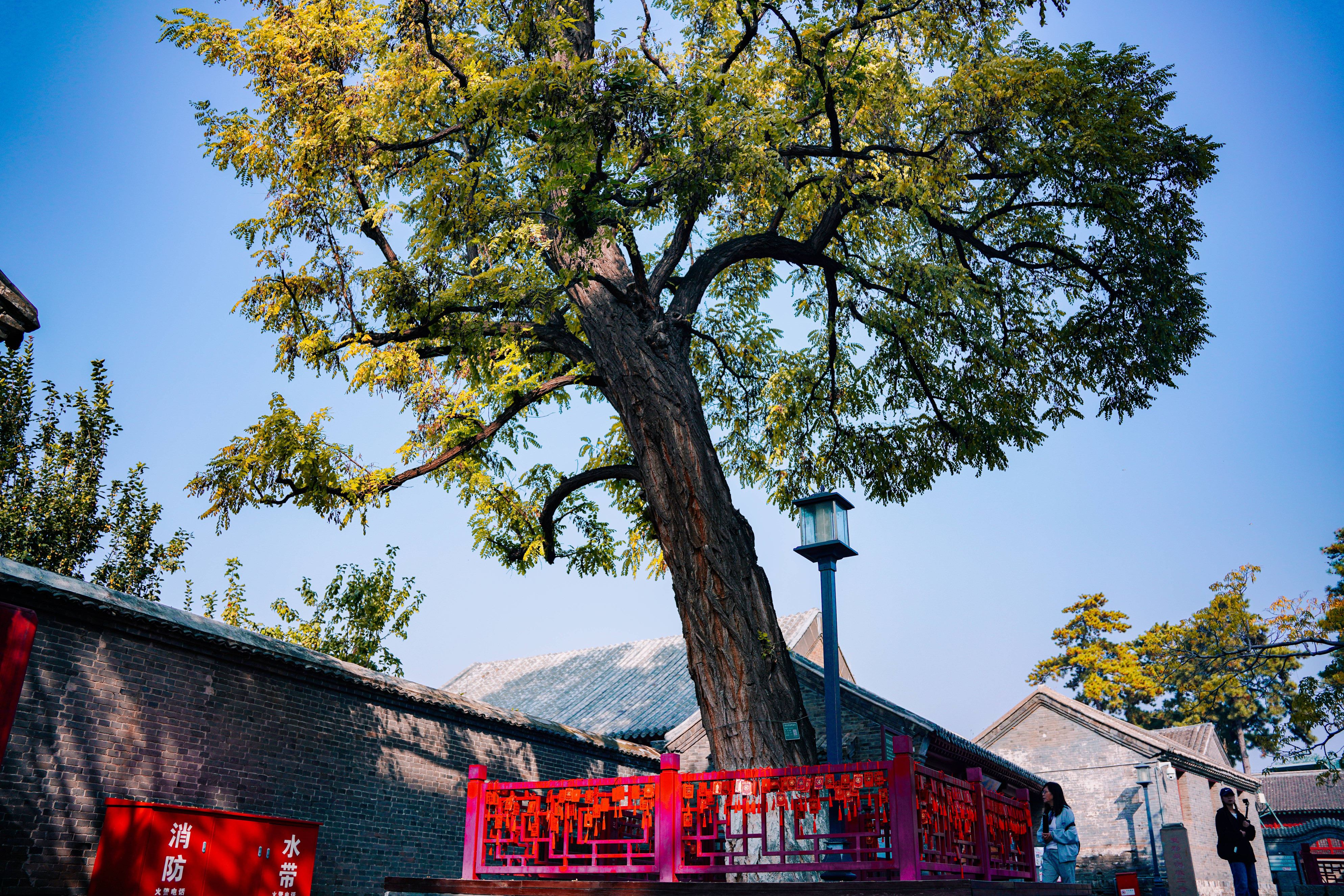
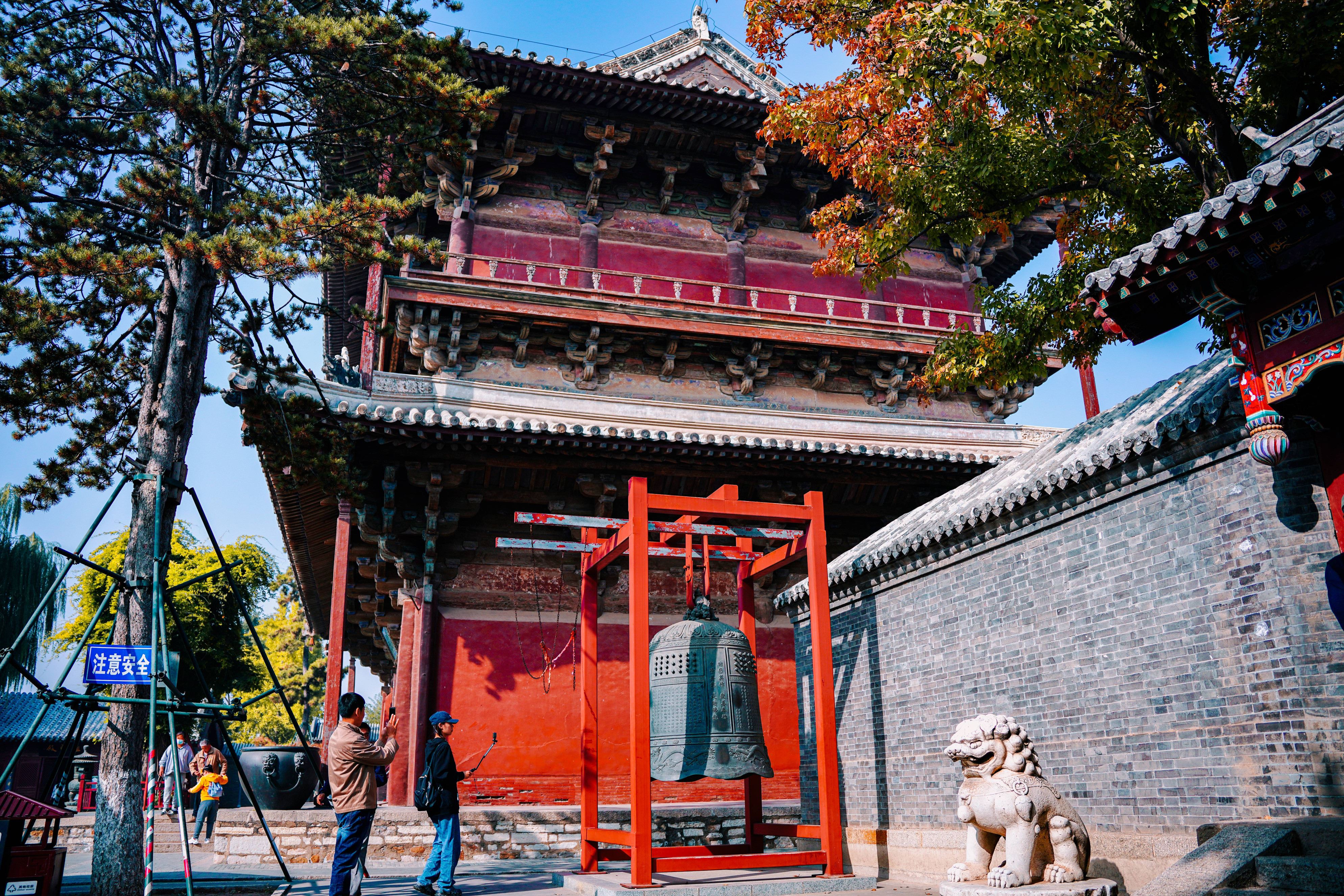
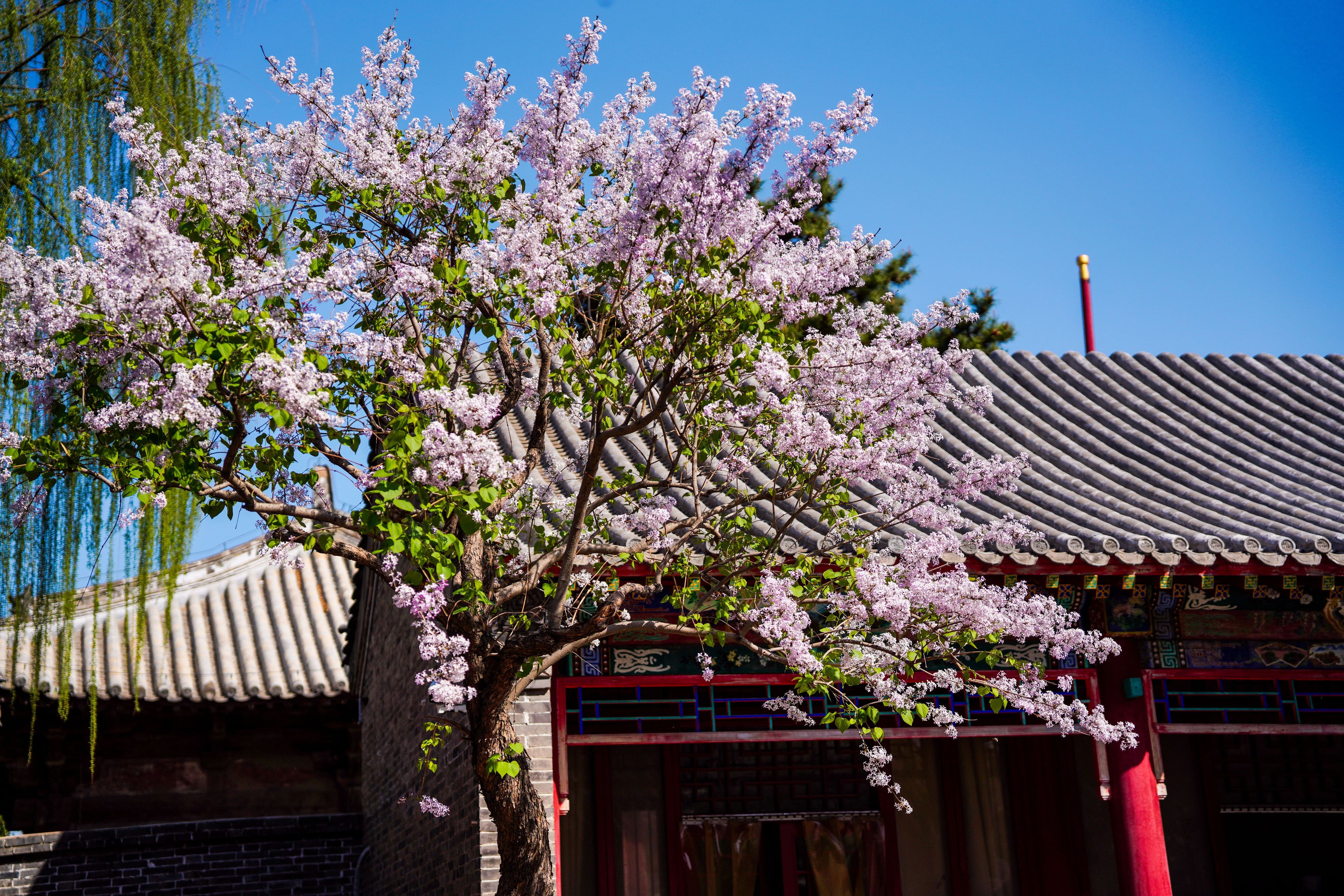
Introduction
Dule Temple is located in Yuyang Ancient Street, Jixian County, Tianjin. It was built in the Sui Dynasty and rebuilt in the Liao Dynasty. It is one of the three existing Liao Dynasty temples in China.The main gate, the Guanyin Pavilion and the statues in the two buildings are all Liao Dynasty monuments with a history of more than 1,000 years.The other buildings were built after the Ming Dynasty, and there are also many historical sites inside that can be visited.Dule Temple is not large, and the main buildings are all on the central axis. You can visit the buildings one after the other along the central axis.During the Tang Dynasty, it was under the jurisdiction of the Central Plains, and during the Liao Dynasty it belonged to a remote area. Although the architectural style of the Central Plains changed, the architectural style of the Tang Dynasty was still followed here. Compared with the ancient buildings of the Ming and Qing Dynasties that have been preserved, it is very special.One of the characteristics of Tang Dynasty architecture is the large roof. The first thing visitors see when they enter the temple is the very large eaves of the main entrance, which is one of the earliest existing Chinese temple entrances with a hipped roof.The dragon’s tail on the roof’s chimney twists inwards, unlike the chimneys on Ming and Qing dynasty temples, which twist outwards.The plaque hanging on the door, which reads “Dule Temple”, is said to have been written by the treacherous minister Yan Song of the Ming Dynasty.Inside the main gate are the colorful sculptures of the “Two Generals” from the Liao Dynasty on both sides, as well as exquisite murals from the Qing Dynasty.After passing through the gate, you will see the main building of Dule Temple, the Guanyin Pavilion, which is entirely made of wood without the use of a single nail. It is one of the earliest existing wooden buildings in China. If you look up and pay attention to the eaves, you can see the mortise and tenon structure of the layers of wood that are interlocked by grooves.The four-character plaque “Guanyin Pavilion” hanging on the door of the Guanyin Pavilion is said to have been written by the Tang Dynasty poet Li Bai.The pavilion looks like two stories from the outside, but actually has three stories, with a hidden layer sandwiched between the upper and lower stories.Inside the Guanyin Pavilion is the “treasure of the temple”¨the largest colored clay statue of Guanyin in China. The 16.27-meter-tall Guanyin statue has its head pass through the three-story pavilion and reach the roof, with 10 small heads sculpted on top of it. It is called theEleven-Headed Guanyin”.Unfortunately, due to heritage conservation needs, the attic of the Guanyin Pavilion is now off-limits, and you can only admire the Guanyin statue from the first floor.In addition, the ancient statues of Bodhisattvas on either side of the Guanyin statue, which are in the same style as the paintings of Tang Dynasty ladies, and the exquisite Ming Dynasty murals on the surrounding walls are all worth seeing.Behind the Guanyin Pavilion is an octagonal pavilion called the Weidao Pavilion.Behind the Wei Da Pavilion is Bao’en Temple.In the Maitreya Hall, the front hall of Baoen Temple, the statues of Maitreya and the four crazy monks Hanshan, Fuhua, Fengbo and Jigong are placed together. It is rare to find a layout like Dule Temple, where bodhisattvas are worshipped.The rear hall of Bao’en Temple is the Hall of the Three Buddhas, and the side halls to the east and west are the Hall of Manjushri and the Hall of Samantabhadra respectively.One building that is not on the central axis of the temple is the Qianlong Imperial Palace in the east. It used to be a place where Qing emperors took a break on their way to the Eastern Tombs, and now it houses 28 stone inscriptions by the Qianlong Emperor.The other is the exhibition hall in the northwest, which displays some of Jixian County’s ancient cultural relics, allowing visitors to learn more about the history of Jixian County and Dule Temple.There is also a Baita Temple to the south of Dule Temple. The white tower in the temple is right in the focus of the gaze of the Guanyin statue in Dule Temple. The tower has a unique shape and is a “mix” of several architectural styles from China and India.The temple is only 300 meters from the Dule Temple, so you might as well walk over and take a look.Dharma assemblies are held at Dule Temple on the birthdays and anniversaries of various Bodhisattvas.Every year during the Spring Festival, the temple fair is held in the surrounding streets, centered on the temple. There are performances of lion dance, stilt walking, and acrobatics, as well as craft and food stalls selling kites, pinwheels, dough figurines, paper cuts, candied hawthorn, donkey-shaped dough balls, and more.
Opening hours
01/01-01/25 08:00-17:00 open;01/29-12/31 08:00-17:00open; 01/26-01/27 closed all day; 01/28 08:00-12:00 open
Preferential policies
Children: Children under 6 years of age (including 6 years of age) or under 1.2 meters in height (including 1.2 meters) are free of charge; minors between 6 and 18 years of age (including 18 years of age) pay half price
Students:Full-time undergraduate students and below with student ID cards, half price
Senior citizens: 70 years of age or older (inclusive) can enter for free with a valid ID such as a senior citizen card or ID card; 60 years of age to 69 years of age (inclusive) can enter for half price with a valid ID such as a senior citizen card or ID card
Active military personnel, fire rescue personnel, demobilized military personnel, disabled military personnel, and recipients ofstate regular pensions and subsidies for the disabled:With a soldier’s ID card, demobilized veteran’s ID card, officer’s ID card, disabled soldier’s ID card, or preferential treatment ID card, admission is free
Disabled people: Holders of the “People’s Republic of China Disabled Person’s Certificate” are free
Inbound youth tourists from Hong Kong, Macau, Taiwan, etc.: with a valid ID such as a “Hong Kong and Macau Residents Entry and Exit Permit for the Mainland”, “Taiwan Resident Entry and Exit Permit for the Mainland” or student ID, half price
Additional information:Discounted tickets need to be purchased at the scenic area ticket office
© Copyright notes
The copyright of the article belongs to the author, please do not reprint without permission.
Related posts

No comments...
